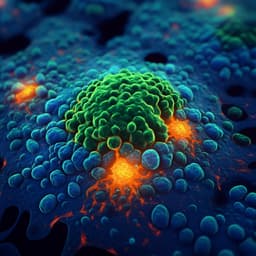
Food Science and Technology
Sucrose substitution in cake systems is not a piece of cake
T. Godfreidot, I. M. Riley, et al.
This research, conducted by Thibault Godfreidot, Isabella M Riley, Nand Ooms, Geertiru M Bosmans, Kristof Brijs, and Jan A Delcour, delves into the complex world of cake baking, exploring how to effectively replace sucrose without compromising quality. Discover the intriguing effects of various sugar alternatives on cake batter and the science behind achieving the perfect bake.
Playback language: English
Related Publications
Explore these studies to deepen your understanding of the subject.







